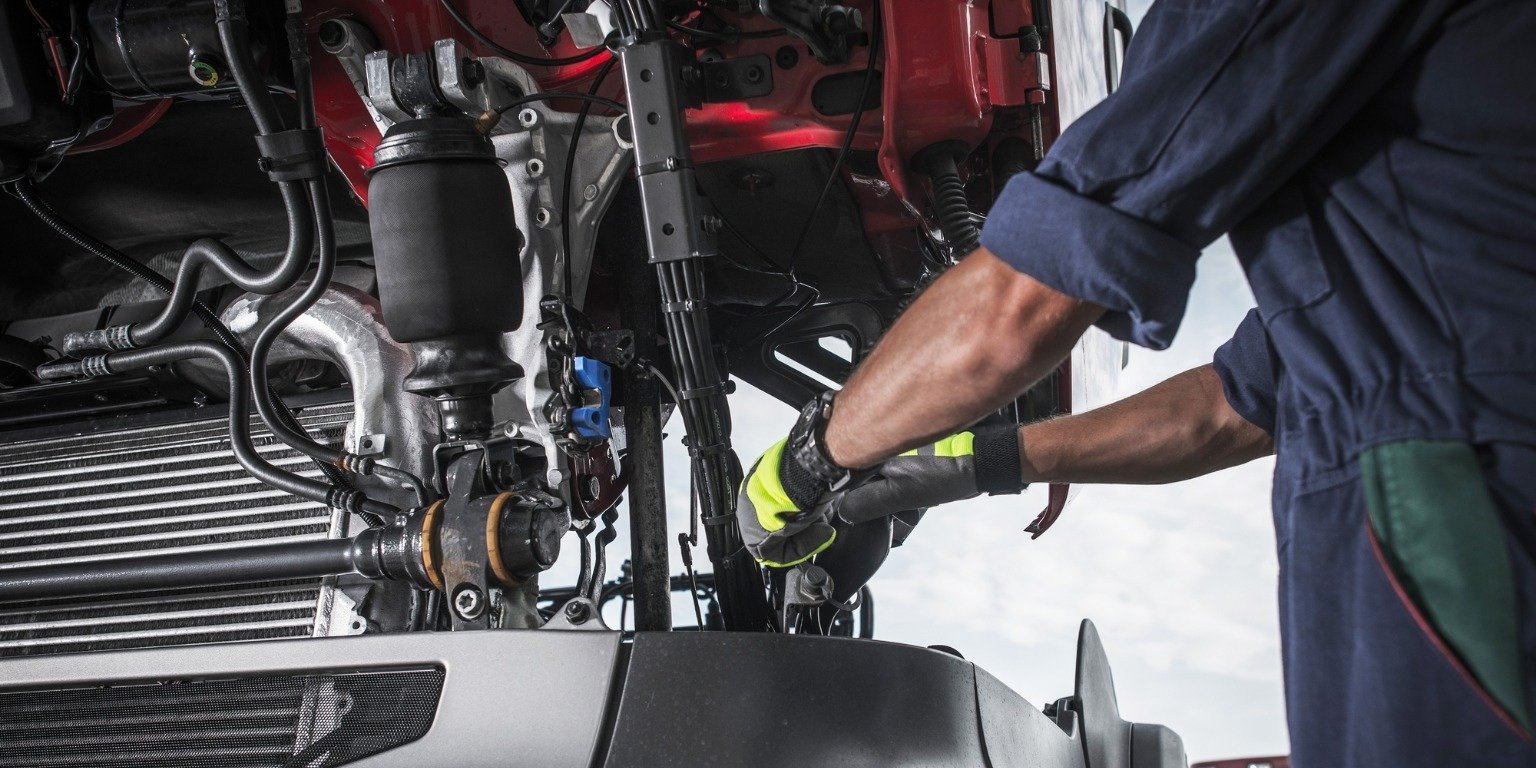
How to Interview Heavy-Duty Mechanics: A Shop Owner’s Guide
Hiring skilled heavy-duty mechanics has never been harder-or more critical. As of 2025, 65.5% of diesel repair shops are understaffed, with nearly 20% of positions unfilled. Every hire matters. A strong mechanic quickly pays for themselves in billable hours and reduced downtime, while a poor hire can cost your shop upwards of $6,000 in turnover, lost productivity, and rework.
This guide shows you how to use effective interview techniques to separate the candidates who just talk a big game from the ones who can truly keep your bays profitable. We’ll cover pre-screening, technical assessments, behavioral questions, reference checks, and onboarding, plus how digital shop management tools like ShopView support hiring, training, and retention.
The Hiring Challenge in Heavy-Duty Repair
Shops aren’t just competing with each other for mechanics-they’re competing with fleets, dealers, and even other industries. The skills gap is real: even 30% of mechanics with formal training lack essential competencies.
The stakes are higher than in auto repair:
- Heavy trucks and equipment involve strict DOT safety standards.
- Mistakes can cost fleets $450-$760 per truck, per day in downtime.
- A single bad hire can damage morale, customer trust, and profit per bay.
At the same time, modern trucks are becoming rolling computers. With telematics integration, digital inspections, and SaaS-based shop software growing rapidly, today’s hires must be comfortable with both a wrench and a tablet.
That means your interview process must go deeper - screening for skills, mindset, and adaptability.
Step 1: Pre-Screening - Filter for Essentials Early
Your time is valuable. Pre-screen candidates before they walk in.
- Check must-haves: Certifications (ASE T-Series), CDL (for test drives), and hands-on experience with the types of vehicles you service (tractors, trailers, construction equipment).
- Look for red flags: Spotty work history, vague resumes (“fixed trucks”), or gaps without explanation.
- Phone screen basics: Verify tool ownership, willingness for drug/background checks, and availability for shift requirements.
Use the phone screen to gauge attitude and fit. Heavy-duty shops are often tight-knit; if a candidate constantly blames past employers or brags without humility, that’s a warning sign.
Step 2: Hands-On Skills Tests - Proving They Can Turn a Wrench
Talk is cheap-skills aren’t. Incorporate a practical test or “working interview.”
Examples include:
- Performing a basic PM inspection.
- Diagnosing a planted issue (loose sensor causing a check engine light).
- Completing a small repair (brake adjustment, filter swap).
Watch for:
- Safety discipline (wheel chocks, PPE, lockout/tagout).
- Methodical troubleshooting under pressure.
- Use of tools (own set vs. borrowing, ability to handle diagnostic software).
If logistics don’t allow a hands-on test, ask scenario-based technical questions such as:
- “If a diesel engine cranks but won’t start, how do you troubleshoot?”
- “Trailer brake lights are out-what’s your diagnostic process?”
- “How would you identify a misfiring cylinder without a computer?”
Use a scorecard covering core areas-diesel engines, hydraulics, electrical, brakes, welding-and have a senior tech sit in. This makes candidate comparison objective.
Step 3: Behavioral Interview - Attitude, Reliability, and Team Fit
Technical skills get trucks rolling, but attitude keeps your shop culture strong.
Sample questions:
- “Tell me about a mistake you made and how you fixed it.” → Do they take accountability?
- “Describe a time you had multiple urgent jobs. How did you prioritize?” → Look for communication and composure.
- “Have you dealt with a difficult customer or coworker?” → Test professionalism and emotional intelligence.
- “How do you stay current with new truck technology?” → Shows initiative to learn.
Watch for humility and pride in work. The best hires admit when they don’t know something, value safety, and keep learning.
Step 4: References and Background Checks - Trust but Verify
Don’t skip references. Supervisors can confirm what resumes can’t.
Questions to ask:
- “What types of trucks and systems did they work on?”
- “Strengths and weaknesses?”
- “Were they reliable and safe?”
- “Would you hire them again?” ← the most revealing.
If a reference hesitates here, take it as a red flag.
Also consider background checks, drug tests, and certification verification. In a high-safety environment, shortcuts here are costly.
Step 5: Sealing the Deal & Onboarding
Once you’ve found your candidate:
- Make a competitive offer quickly-good techs have multiple options.
- Highlight career growth (e.g., paid ASE training, CDL support, leadership pathways).
- Create a structured onboarding plan with a mentor, training schedule, and digital workflows.
Nearly half of new techs leave within two years when onboarding is poor. Make their first 90 days count.
Why This Matters for Shop ROI
Hiring isn’t an HR exercise-it’s a profitability driver.
- A skilled diesel tech is a billable resource.
- The right hire reduces downtime, comebacks, and customer churn.
- Shops with strong processes see 20-30% revenue growth in months when paired with the right systems.
But great hires only reach their potential in an efficient, modern shop. That’s where ShopView comes in:
- Match jobs to certified techs automatically.
- Digitize inspections and work orders so techs spend more time turning wrenches, less on paperwork.
- Integrate telematics so diagnostic codes flow straight into repair orders.
- Track onboarding and certifications to ensure compliance and training ROI.
Shops using ShopView typically save 1.5 admin hours per tech per day and recover over $100K in missed work annually. That means your hiring efforts pay off faster.
Conclusion
Hiring the right heavy-duty mechanic isn’t just about filling a vacancy-it’s about maximizing every bay’s revenue potential while protecting safety and culture.
The formula is simple:
- Pre-screen to filter early.
- Test hands-on skills to confirm ability.
- Probe behavior to uncover mindset.
- Verify references to avoid costly mistakes.
- Onboard strategically to retain your investment.
Pair that with the right shop management system, and you’ll build a team that keeps trucks moving, customers loyal, and your bottom line growing.
👉 Ready to strengthen your shop team and streamline operations? Book a free demo of ShopView to see how modern software turns good hires into great results.
.png?width=1500&height=1500&name=11%20(1).png)








.png?width=1500&height=1500&name=1%20(1).png)

%20-%20Copy.png?width=1500&height=1500&name=2%20(1)%20-%20Copy.png)



